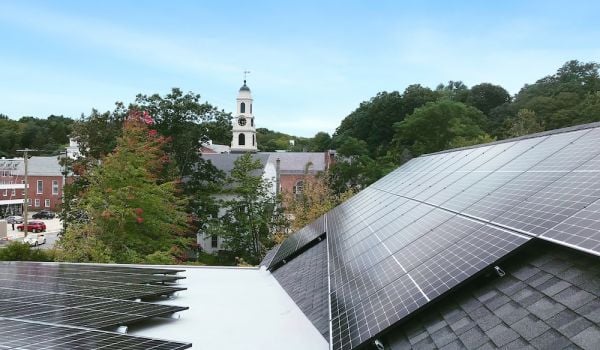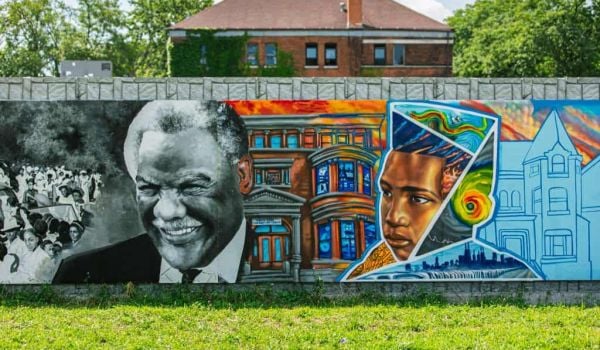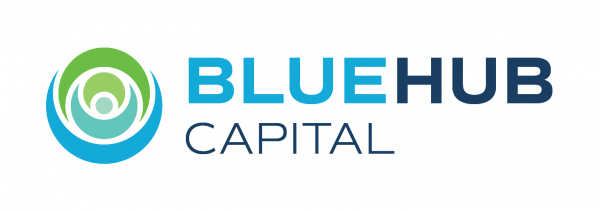Jessica Pitts first started getting to know the residents at Fairfax Villages in 2019. Scattered across 54 acres at the southeastern edge of Washington, D.C., the complex of condos and townhouses was built in 1941.
As co-founder of Flywheel Development, a local and sustainable real estate development company in D.C., Pitts approached Fairfax Villages to see if anyone would be interested in a community solar installation. Her firm would build a solar array on top of one or more of their buildings, connect it to the electric grid, and the power it produced would result in savings on electricity bills for residents below.
The residents wouldn’t have to pay her firm anything — Flywheel would actually pay the building for renting its roof — and the firm could even arrange for local funding to repair leaky and otherwise damaged roofs, which would be a necessary step for the solar installations.
“We like to tell people the sun shining on your roof is valuable,” Pitts says. “The District has made it really valuable. It’s created environmental programs we think are a model for others around the country placing value on solar in a way that allows community members and residents to participate in those programs, and that’s not typical.”
It might have sounded too good to be true back then, but Flywheel just wrapped up the second of two community solar installation projects at Fairfax Villages, with another in the works. The two completed community solar projects also mark the first two completed projects financed by the D.C. Green Bank, key early milestones for the District’s goal of overcoming barriers to community solar projects on this scale in historically disinvested communities across the district.
“I could say every day it gets easier, but I could say it could also be ten times easier,” Pitts says.
The National Renewable Energy Laboratory estimates that as of 2018, there were 811 community solar projects in 39 states and Washington, D.C.
With a community solar project, someone builds a solar array on top of a building, and eligible residents “subscribe” to a share of the power produced. That means they get a partial credit on their electric bill based on the value of electricity generated and sent into the grid. Community solar allows access to the benefits of solar power for low-to-moderate income households who can’t afford to buy solar arrays for their home, or don’t own their building’s roof.
As Next City has reported previously, D.C. has gotten the ball rolling on a bevy of community solar projects through its “Solar for All” initiative, which provides grants to support these projects. Pitts says her firm has relied on Solar for All dollars to pay for roof replacements or repairs as part of its community solar projects. The D.C. Green Bank — funded by public dollars — stepped in to provide construction loans for Flywheel to actually build the solar arrays.
In addition to Fairfax Villages, Flywheel has built solar arrays on top of a building at the former Walter Reed Medical Campus in northwest D.C. and a few other smaller buildings around the district. Flywheel has done 34 community solar projects so far.
Once the projects are complete, Flywheel repays D.C. Green Bank’s construction loans by refinancing with a longer-term, “permanent” loan from a bank. The longer terms spread out the cost of repaying the loans, making it possible for the project’s revenues to cover regular loan repayments.
Like many solar installations, community solar projects can generate revenue by selling “solar renewable energy certificates” or SRECs to electricity supply companies. The more electricity a solar array generates, the more SRECs it can sell.
Different states across the country have different requirements for electricity suppliers to buy certain amounts of SRECs from anyone who has built a functioning solar array. D.C. has one of the highest requirements for SRECs that electricity suppliers serving its residents must purchase on an annual basis, and the amount goes up every year.
But because the primary revenue source for solar installations is still relatively new and highly dependent on political will from governments to keep up with SREC purchasing requirements, longer-term loans are still hard for community solar developers to get, especially those working on smaller buildings or in historically disinvested communities.
“I think it’s largely because they don’t understand solar,” Pitts says. “Another challenge is there’s also a preference for larger deals, larger solar installations, and the District is full of smaller buildings. The communities we work with have smaller roofs, broken up, a little more complicated.”
But the D.C. Green Bank is determined as part of its mission to bring private lenders into the space. The first permanent loan for Flywheel came from Amalgamated Bank — a union-controlled bank that has some expertise in solar power lending after a 2018 merger with New Resource Bank, which was the first bank to specialize in environmental sustainability lending. D.C. Green Bank also provided a loan guarantee to help facilitate the longer-term loan from Amalgamated.
Earlier this month, the D.C. Green Bank partnered with Virginia Community Capital on another long-term loan for Flywheel, bringing another lender into the community solar space in D.C.
D.C. Green Bank CEO Eli Hopson says they’re already in talks with Amalgamated Bank, Virginia Community Capital and other lenders across the city, including the Black-owned Industrial Bank, to finance additional community solar installations as well as stormwater retention projects — which are also part of D.C. Green Bank’s mandate and connected to D.C.’s burgeoning market for stormwater retention credits. Similar to these first two projects with Flywheel, the green bank would finance construction and the other lenders would refinance with a longer-term loan later, freeing up the green bank to finance construction somewhere else. It’s similar to how the New York Green Bank has done most of its deals.
And each loan helps feed into the next — as more lenders show interest in longer-term loans, more feel comfortable making construction loans knowing they can be refinanced later. Eventually the D.C. Green Bank won’t be needed for these types of loans. It could shift focus to deals that other lenders still see as too risky, or even put itself out of business.
D.C. Green Bank Board Chair Brandi Colander says ultimately the scale of the renewable energy challenge requires much more federal funding, like that in the Build Back Better legislation currently stalled in Congress.
But in the meantime, she says, the D.C. Green Bank and others like it around the country can help prime the pipeline of developers and workers and lenders to be prepared to scale up when or if that funding ever comes — and make sure at least some of those developers are local and focused on the communities who are usually left behind or bulldozed out by large-scale public investments.
“We think the magic of a green bank is you’re leveraging public and private dollars, restructuring financing tools to meet communities and developers where they are,” Colander says. “But you’re shaking up conventional structures to do that.”
UPDATE: We’ve clarified that Flywheel pays Fairfax Villages for the use of its roofs.
This article is part of The Bottom Line, a series exploring scalable solutions for problems related to affordability, inclusive economic growth and access to capital. Click here to subscribe to our Bottom Line newsletter.
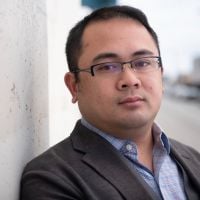
Oscar is Next City's senior economic justice correspondent. He previously served as Next City’s editor from 2018-2019, and was a Next City Equitable Cities Fellow from 2015-2016. Since 2011, Oscar has covered community development finance, community banking, impact investing, economic development, housing and more for media outlets such as Shelterforce, B Magazine, Impact Alpha and Fast Company.
Follow Oscar .(JavaScript must be enabled to view this email address)



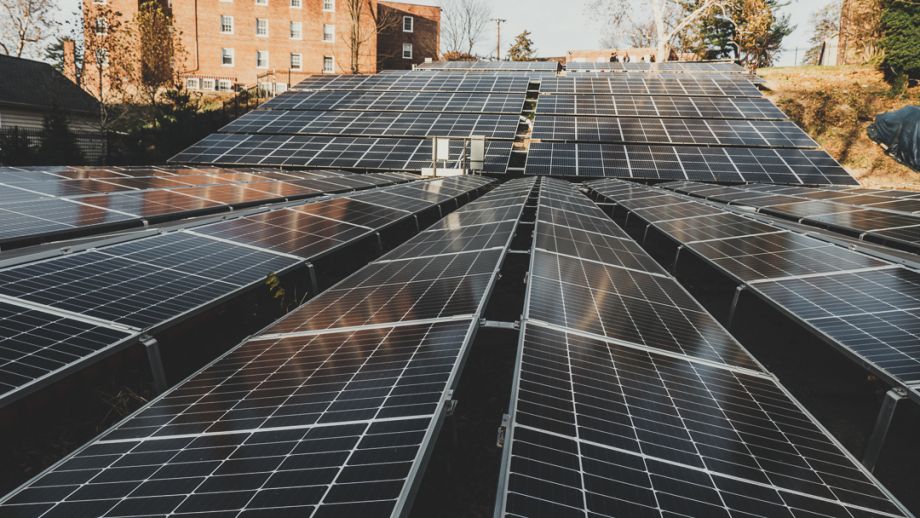
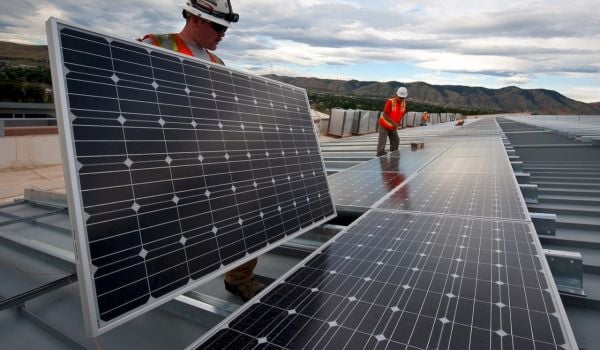
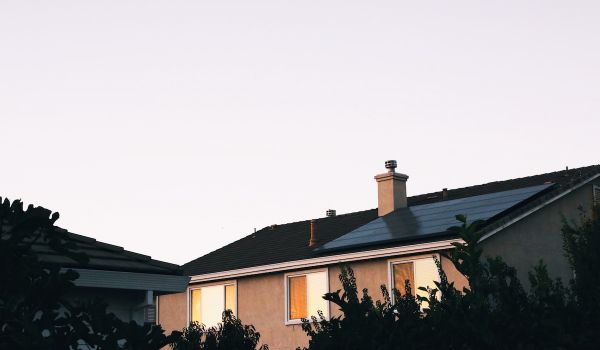
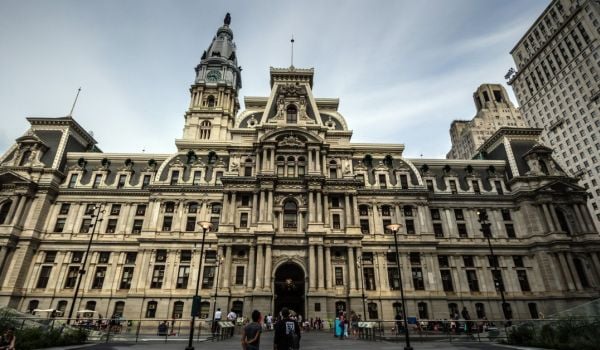

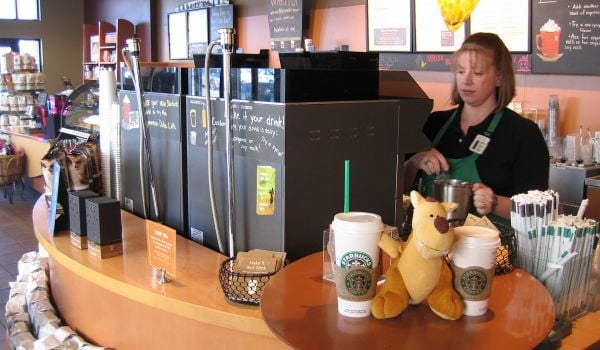
_600_350_80_s_c1.jpg)
